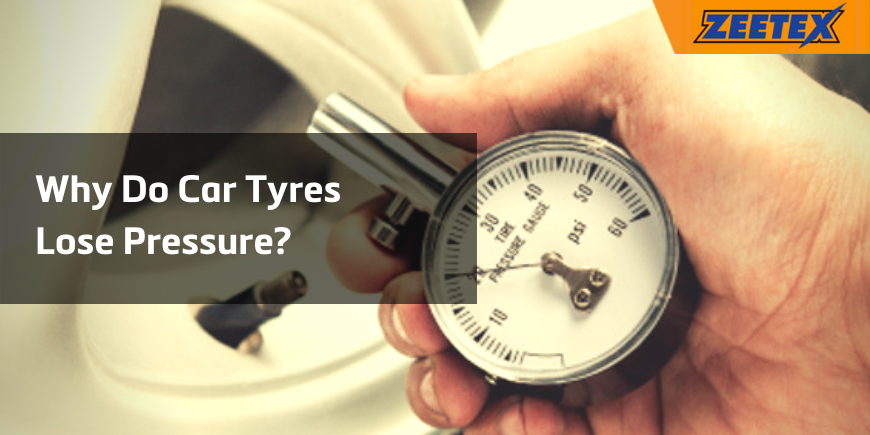Tyre dealers and car tyre dealers recommend periodic tyre pressure monitoring , which is essential for several reasons; in case of loss of pressure, in fact, driving safety decreases – in particular road holding and adherence of the covers – increases fuel consumption and leads to greater wear of the tread, which will also be more exposed to risk of punctures and damage.
What are the causes of loss of pressure in tyres?
There might be several reasons:
- faulty or damaged valve causing air to leak inside the tyre
- incorrect positioning of the valve on the hole in the rim
- small cuts or holes in the rubber that generate a slow loss of pressure, a different phenomenon from the drilling that usually leads to a rapid deflation
- low temperatures : yes, in winter the loss of pressure is more frequent and to overcome this problem the inflation pressure must be slightly higher
- penetration of the air through the components that make up the tyre
- damage of various types to the rim, such as splitting, scratching or rusting
- inner layer of the tyre leaking seal thus favoring the escape of air
- possible damage to the “heel” of the rubber occurred during assembly / disassembly on the rim
- residues of dirt or foreign bodies between the heel of the cover and the rim
All these elements could lead to not having an optimal tyre pressure , so the checks must be periodic, roughly once a month.
What is the correct inflation pressure?
The value changes according to the model of the car and to know how many atmospheres you have to inflate the tyres of your car you can check on the registration or on the inside of the cap of the tank. An aid to drivers comes from technology : starting from November 2014 , in fact, all the cars sold within the European Union must be equipped with the TPMS system, ie sensors that automatically detect the tyre pressure. Thanks to this system, specific equipment is required to provide for the disassembly and assembly of seasonal tyres, to avoid damage and ensure the correct operation of the device. Through these sensors the driver is informed if the tyre pressure is correct and if it is necessary to intervene in case of deflation.The TPMS system can be of two types, direct – offers real-time pressure information and is mounted on high-end vehicles – and indirect, on board instead of cars belonging to lower classes. This way the control and the information related to the inflation pressure are more accurate and the driver does not have to manually check the pressure level of his tyres. For all cars sold before November 2014, the control is manual and can be done by the car owner or the trusted tyre repairer.



